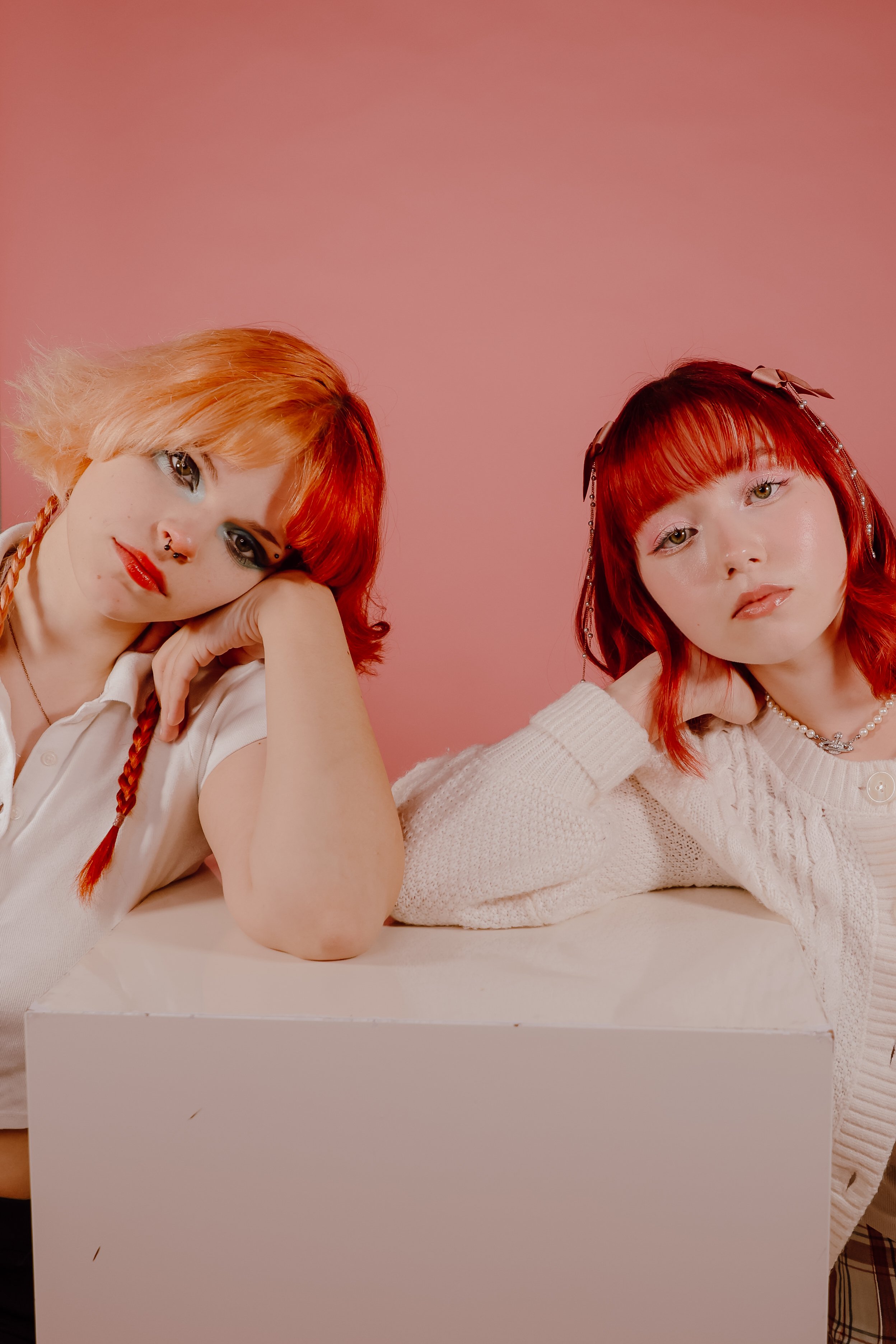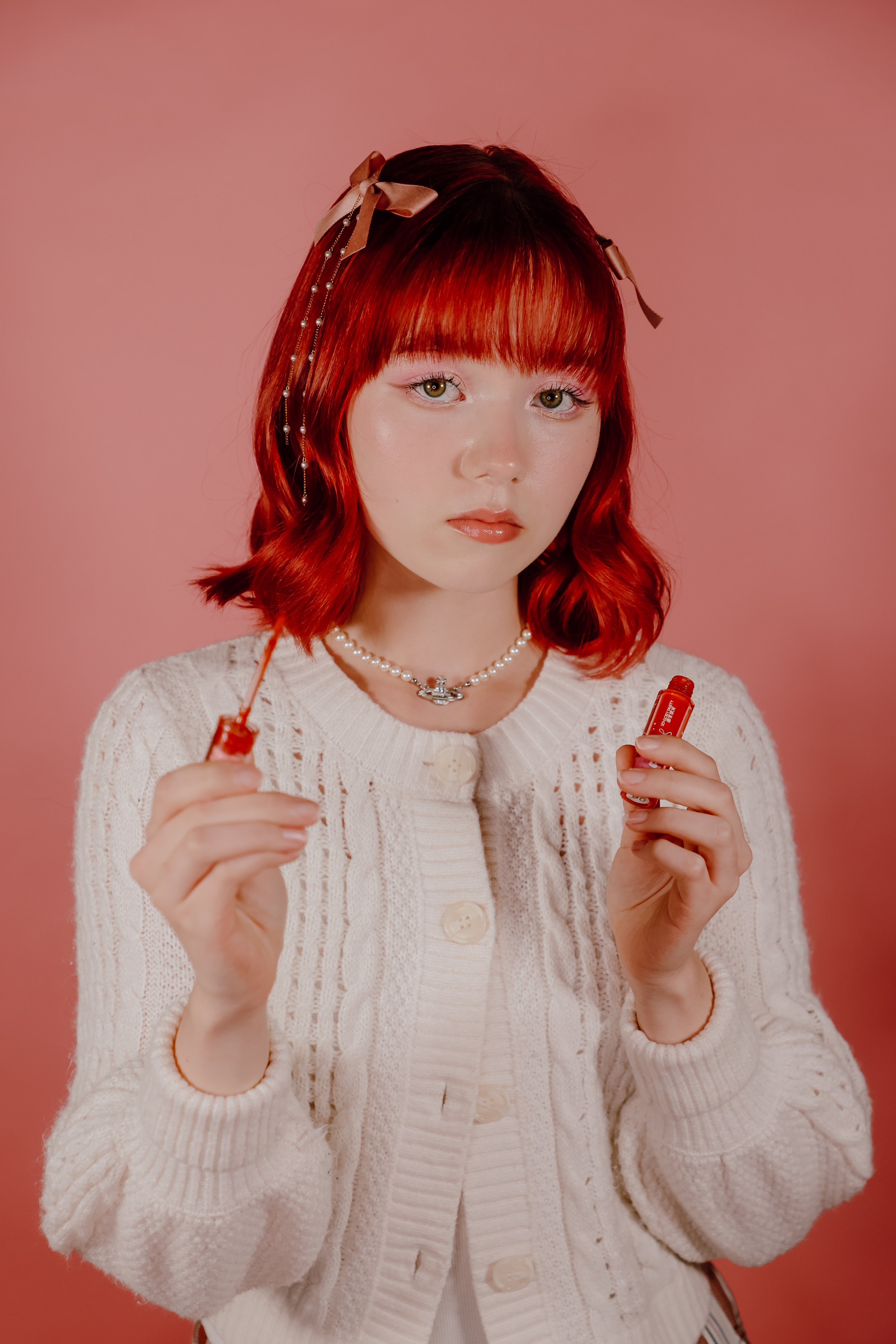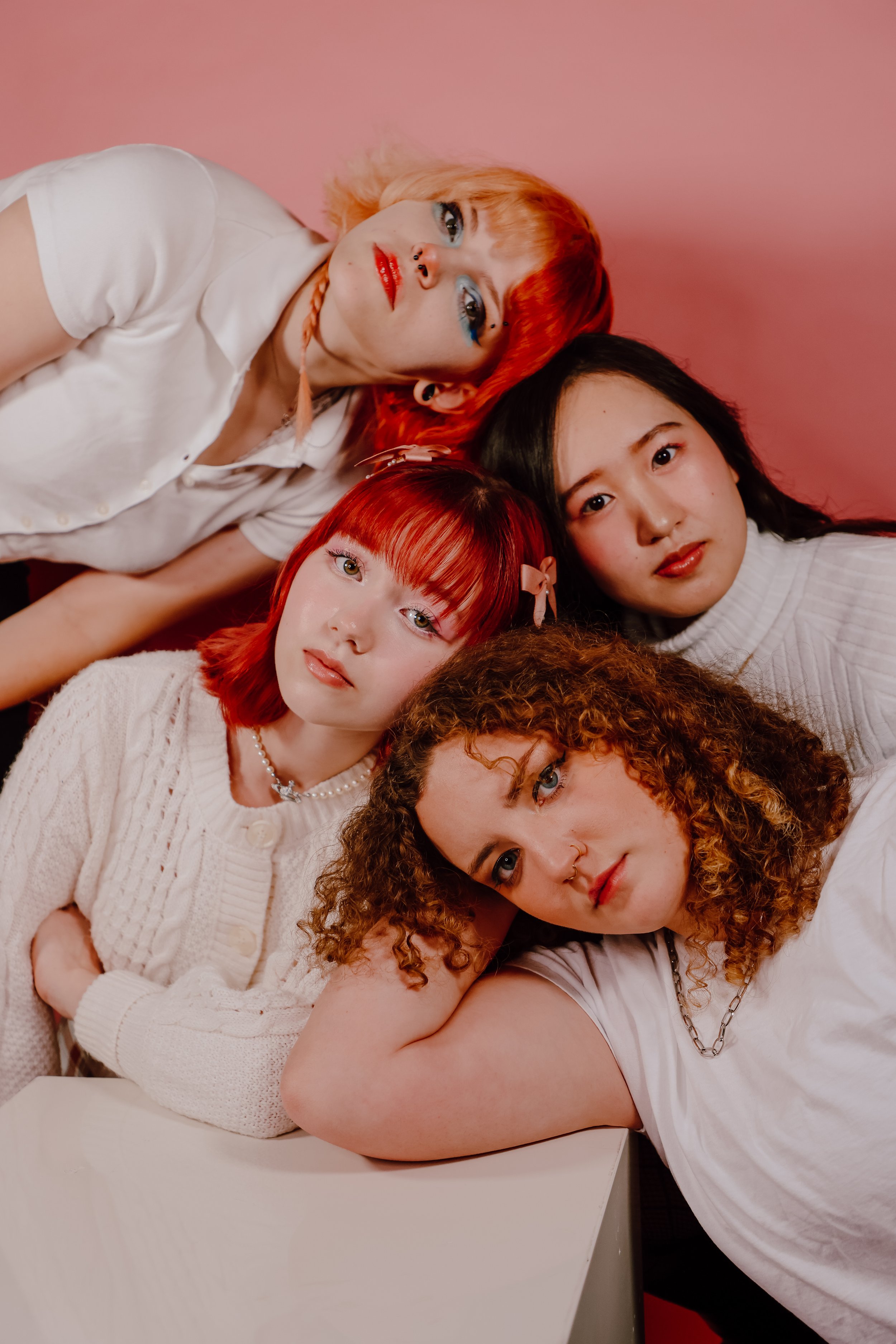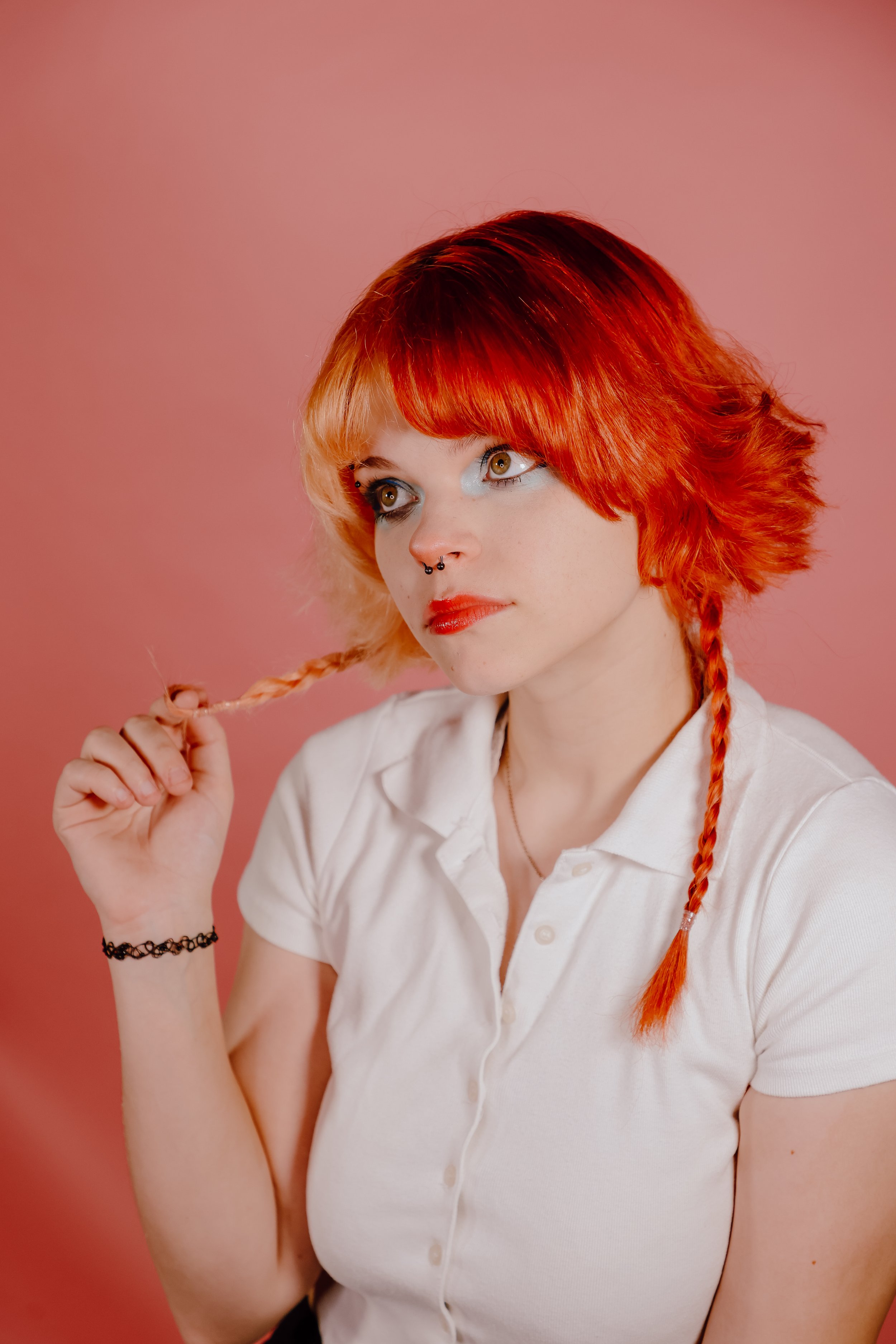Between the East and West: Makeup Trends Across Cultures
Written & Creative Directing By Mikayla Buneta
Modeled By Autumn Adams, Mana Kanda, Halle Kory, & Sophia Farnan
Photographed By Mindy Welland
After that harrowing dip into clumpy concealer and dark-alley run-in with chalky eyeliner, a seasoned makeup-wearer has earned the right to experiment. Create a dark-eyed look, a pop of color with bold eyeshadow, or heavy blush and fake freckles–the possibilities are endless.
Makeup is ultimately used for expression; to accentuate and enhance unique features. It has a range of purposes, its major use is accentuating or altering a person’s features. Depending on where you place your contour or blush, you can construct your face completely differently. That being said, there will be styles of makeup that support and bring out your features.
This can be shown through the investigation of makeup styles across cultural phenotypes. In East Asia, makeup artists have perfected a style that enhances ethnic features like monolids, high nose bridges, and cheekbones. It is popularly known as “Douyin,” coined from the Chinese name of Tiktok. Similarly, in Korea, the K-beauty style revolves around the impression of effortless makeup, but called “Eoljjang,” translating to “best face.” Think of glassy, sheer foundation, airbrushed rosy cheeks, and flushed lips.
A key difference between American and East Asian styles is the choice of certain enhancements. For the base, Americans like a bronzed look that darkens the skin and adds warmth. Conversely, Asians tend to lighten their base, with porcelain skin being seen as admirable. In the West, we tend to dislike our eye bags and cover them up with concealer. But on the contrary, the East will highlight and contour what they call these eyebags “aegyo-sal:” baby eye fat that makes the eye look larger and cheerful. The Western eye look tends to be dark, cat-like, and long with pointed eyeliner. The West isn’t afraid of a bold look, using bright colors and concealers to cut in intricate designs. While eyeliner is still used in the East, it is executed in a softer tone, with thin, short, downward-pointing strokes to create the appearance of an innocent, puppy-like look. More organic colors like blush pink and neutrals are used, along with stamping copious amounts of glitter around the tear duct, eyelid, and eyebags.
What sparked these cultural differences? When looking back at historical eras, the climate, culture, and resources of Europe and Asia are, of course, very different. For Korea, it dates all the way back to 57 BCE. There became a desire to look healthy. Despite wealth or status, anyone within the Kingdoms could use skin care and makeup practices. Products like face powder, eyebrow ink, and blush were invented during this time. As society developed, socio-religious practices like Confucianism, the idea of inner beauty, was heavily internalized and in turn influenced East Asia’s minimal use of makeup. On the contrary, America’s defining practices of makeup started to be very restricted to the social classes. Especially in the 1920s, when glamour and film was on the rise, dramatic eyeliner, dusky eyeshadow, and a bold lip was highly respectable and desired. As the “melting pot” of America developed, ethnic distinctions of makeup styles became influential for the current trends we have today.
The comparative styles between Eastern and Western cultures are no competition. Each has left their own distinctive mark on the development of makeup and beauty. Despite the standards of beauty each culture has constructed, style techniques can be mixed and matched to be suited just for, ultimately, you! Don’t worry about following a certain style, but follow what makes you feel the most comfortable. Whether you like a soft dewy look like Jisoo or bold pops of color like Emma Chamberlain, makeup is for all and limited to none.










